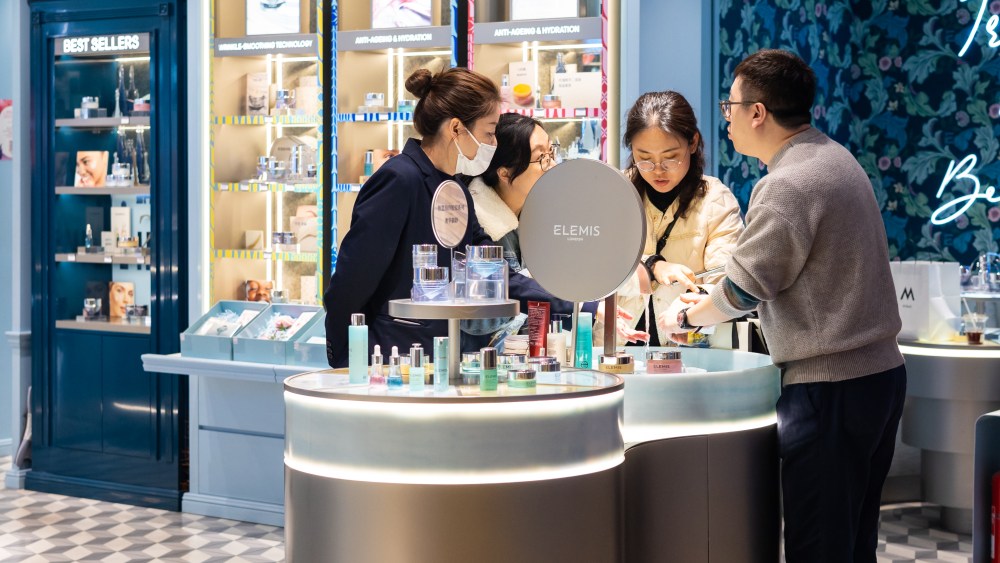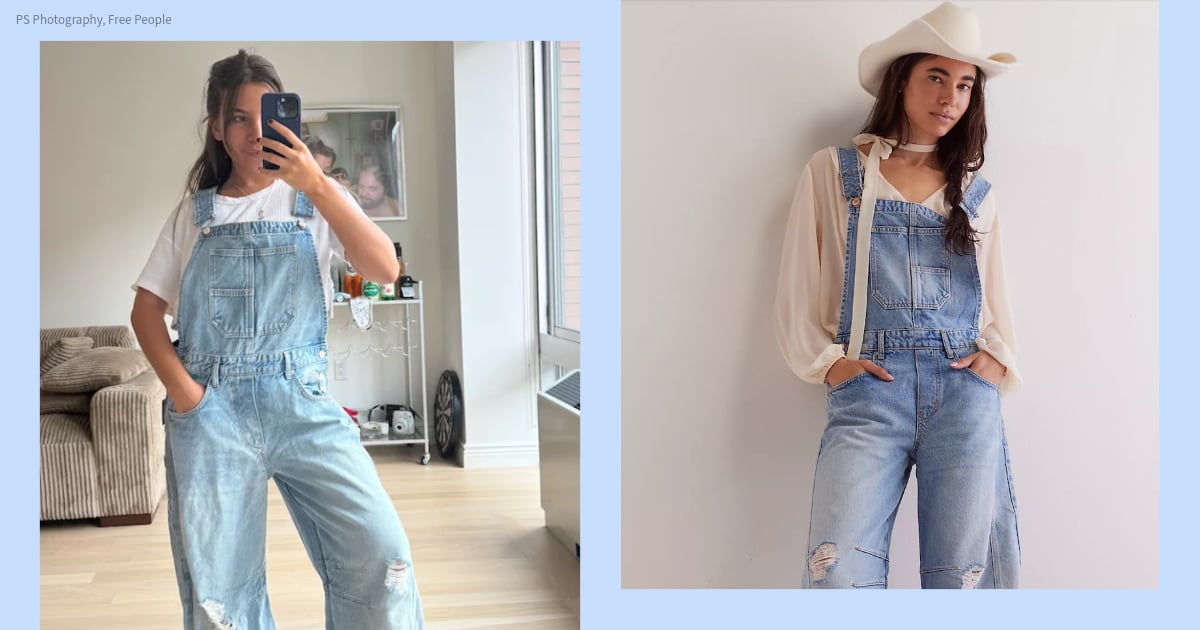China‘s beauty market is feeling the strain of the challenging consumer climate.
According to the latest data from the National Bureau of Statistics, for the month of July, total cosmetic sales fell 6.1 percent to 24.5 billion renminbi, or $3.35 billion. From January to July, total sales in the cosmetics category edged up merely 0.3 percent year-over-year to $241 billion.
Facing a challenging economic environment and stalling online sales, beauty conglomerates such as L’Oréal, LVMH Moët Hennessy Louis Vuitton and Shiseido have cut the chord on underperforming brands in China. In the first half of 2024, brands including Baum, Benefit, Philosophy, Aube and Kose have closed official stores on Alibaba’s Tmall e-commerce platform.
Related Articles
“We anticipate that the future growth rate for the beauty industry in China will be in the midsingle digits annually, compared to double digits before COVID-19, aligning with growth seen in mature beauty markets,” Jefferies said in a recent report.
Jefferies also believes that global players, which have dominated the market in the past 10 to 20 years, will now face market fragmentation challenges in China.
“In 2019 alone, 1,000 brands launched on Tmall. In the U.S., 1,000 new brands came to the market between 2014 and 2018, which caused market fragmentation and share loss from the large beauty brands,” the report went on. “As more brands enter China, we would expect brand market share to fragment as in more mature beauty markets.”
“The reason behind market fragmentation is the fragmentation of retail channels,” said Liu Yin, a beauty expert and founder of FBeauty, a Chinese beauty research firm.
“Back in the day, everyone shopped at department stores; now the traffic has moved online, so it has become an evolving challenge for established players,” she added.
“China is hyper-digital. Ten years ago, Weibo was a big thing for beauty brands, followed by WeChat, now consumers look for brand information on platforms are more Douyin and Xiaohongshu,” said Franklin Chu, managing director of Azoya, a cross-boarder e-commerce business. “Online sales channels also cycled through the platforms quickly. From Taobao, Tmall, Kaola, JD.com, to Douyin, which has been challenging all the major players since last year.”
As Douyin, the Chinese version of TikTok, continues to win over market share from Tmall, industry insiders believe that brands need to be more nimble and resourceful in order to protect their bottom line.
“Douyin’s gross merchandise volume has already surpassed Tmall in the first half of 2024, taking share from Tmall. But brands need to realize that Douyin marketing is markedly more expensive and directly targets a more price-sensitive customer base,” said Stefan Huang, head of strategy at Joy Group, a Gen Z-friendly cosmetics based in Shanghai.
“Douyin is useful for pumping up the sales volume, but brands can’t rely on Douyin alone — it will quickly eat into their profits. Other platforms, such as Pinduoduo, might present opportunities for growth,” Huang added.
As economic situations continue to fluctuate, Chinese consumers will become increasingly discerning as they seek better value for money.
“Currently, the winners in the Chinese market are brands with scientific formulation and ingredients, who benefit with higher margin; on the other side, products priced cheaper but with strong functionality claims also win by selling more,” said Azoya’s Chu.
More specifically, bioactive ingredients, synthetic biology technology, and high-efficacy formulas will continue to drive industry growth. Based on official registration record, out of 69 new beauty ingredients or formulations registered in China last year, 50 came from local beauty companies, including top players such as Proya, Botanee and Bloomage.
According to Euromonitor International, consumers in the APAC region are willing to pay up to 50 percent extra for beauty products with scientific formulation.
The dermacosmetics market in China registered a robust 20 percent growth from 2018 to 2023, according to Euromonitor.
“As the lines between health and beauty become blurred, more health-related ingredients will be researched to unlock their potential in beauty, with science-backed evidence,” said Yang Hu, insights manager of health and beauty in Asia at Euromonitor International.
“Chinese beauty consumers are discerning when it comes to the scientific evidence behind skin care products,” added Hu. “We have already seen international premium brands doubling down on their efforts, actively communicating their research achievements both online and offline.”



